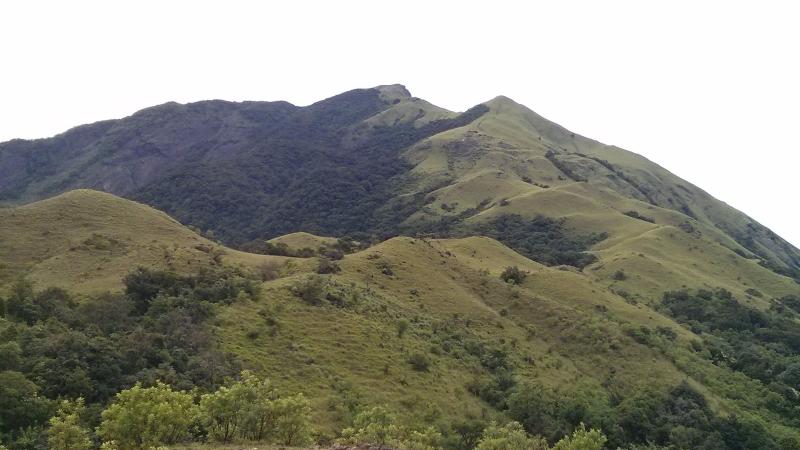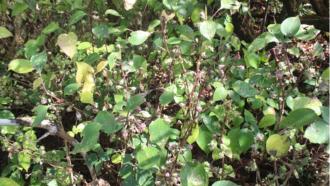
The Western Ghats is a scenic holiday retreat for many. But, there is more to it. Being one of the eight ‘world’s hottest hotspots of biodiversity’, the natural ecosystem including forests and grasslands, hosts an incredible number of plants and animal species and play a major role in maintaining the Indian monsoon. However, in the recent years, extensive human activities are threatening the survival of these lush green forests, and animal and plant numbers are dwindling. So what exactly is happening? To know this, a team of researchers and conservationists have studied the changes in the cover of vegetation for forty years in the Palani Hills, a ‘sky island’ in the Western Ghats.
“Sky Islands are habitat islands - usually high elevation wet, cool habitats isolated by dry, warm low elevation areas”, says Dr. V.V.Robin, and an author of the study. In the Western Ghats-Sri Lanka region, a ‘sky island’ refers to the unique mosaic of Shola forests and montane grasslands. The grasslands are also rich in biodiversity and have 27 endemic species of grasses; one of them classified as ‘near threatened’ by the International Union for Conservation of Nature (IUCN). Apart from being home to many animals, the grasslands channel water to low lying areas.
“Although the Western Ghats are perhaps some of the better-documented landscapes in India, we still know little about insects and other vertebrates from this landscape. And we know that there are endemic birds in the landscape”, says Dr. Milind Buyan, another author of the study. Today, flawed perceptions of these grasslands as ‘wastelands’ have put these unique habitats under threat. In this study, published in the journal PLOS ONE, the researchers have explored how, over a 40 year period, from 1973 – 2014, the grasslands, forests, plantations and agriculture lands have changed over space and time in Palani Hills, which range from Kerala to Tamil Nadu.
The researchers have used satellite images of the Palani Hills landscape of each decade of the study period. Based on its features, they classified the landscape into Shola forest, Shola grassland, timber plantations, human settlements, agriculture and water bodies. They found that more than half of the landscape, 58% to be exact, had undergone a massive change over the 40-year period. It translates into a loss of 249 km2 of Shola grasslands and 33km2 loss of the forest cover.
Among factors affecting the grasslands, the researchers point out that plantations, which had undergone a 12-fold increase in the 40 years span, were the most detrimental to the native habitat. Land under agriculture, which increased from 31.1 km2 to 104.5 km2 in the same interval, came second. They observed that the maximum change in the native vegetation occurred during 1993- 2014 when the increase in plantation and agriculture was seen to be the highest.
Such an extensive change in the grassland habitats has left irreplaceable effects on the biodiversity of the Shola forests. “We know that there are endemic birds in the landscape - one of the threatened endemic birds, Nilgiri Pipit is restricted only to these montane grasslands, and their habitats are reducing, and may even face local extinction. We can only imagine that if this is the case with birds, that many plants, insects and other taxa are also impacted”, explained Dr. Bunyan.
Though this is not the first study to warn us of the threats the Western Ghats face, this is the first to explore in detail the fate of grasslands. It also draws attention to the how the generalisation of habitat types can lead to misrepresentation. So, how do we stop the damage? The researchers recommend a nuanced restoration model that involves various stakeholders like forest officials and locals, to restore and protect this unique habitat. “Conserving the remaining grasslands and preventing the advances of newer plantations into the grasslands in the landscape is the best chance to preserve and secure the future grasslands,” they say.






